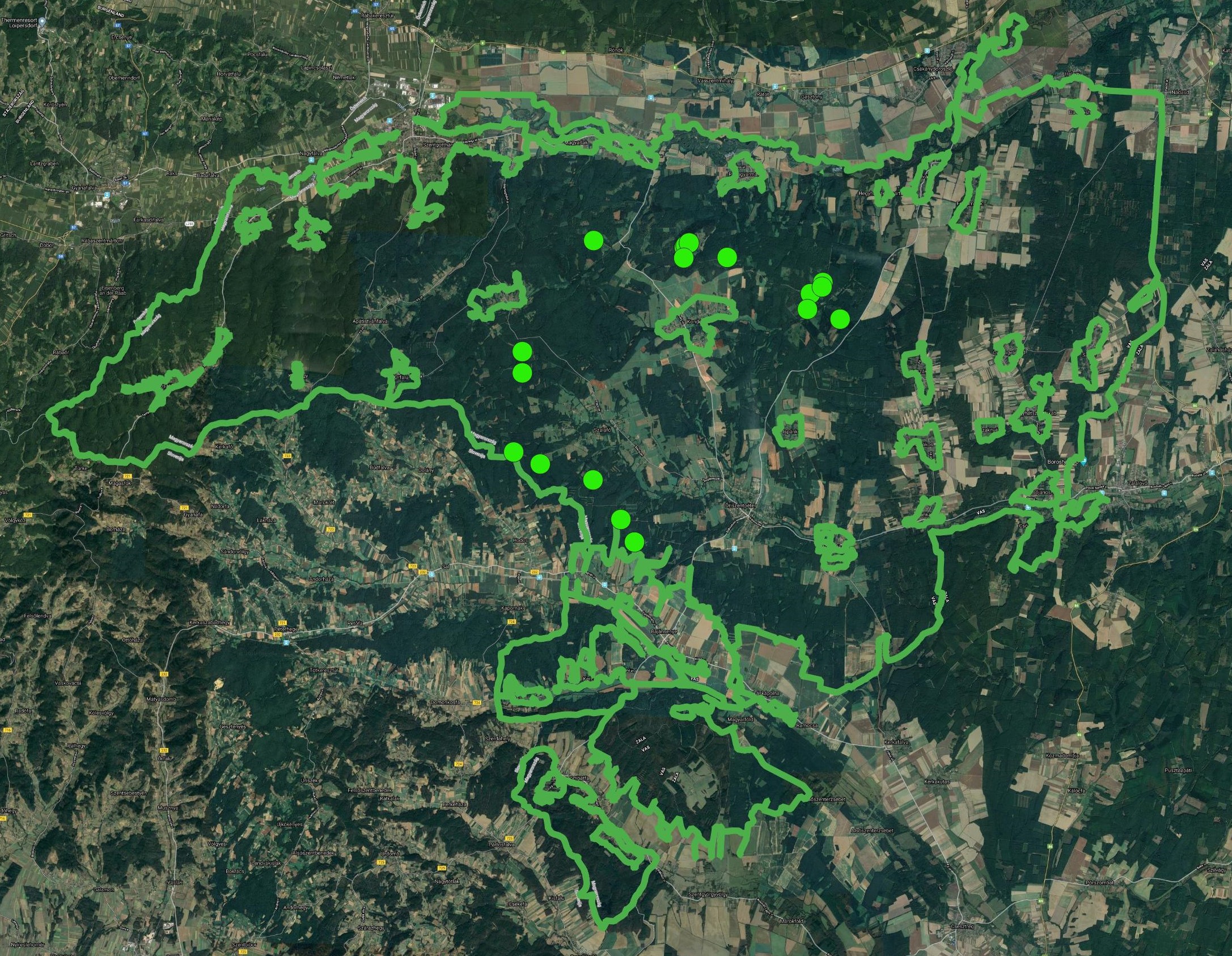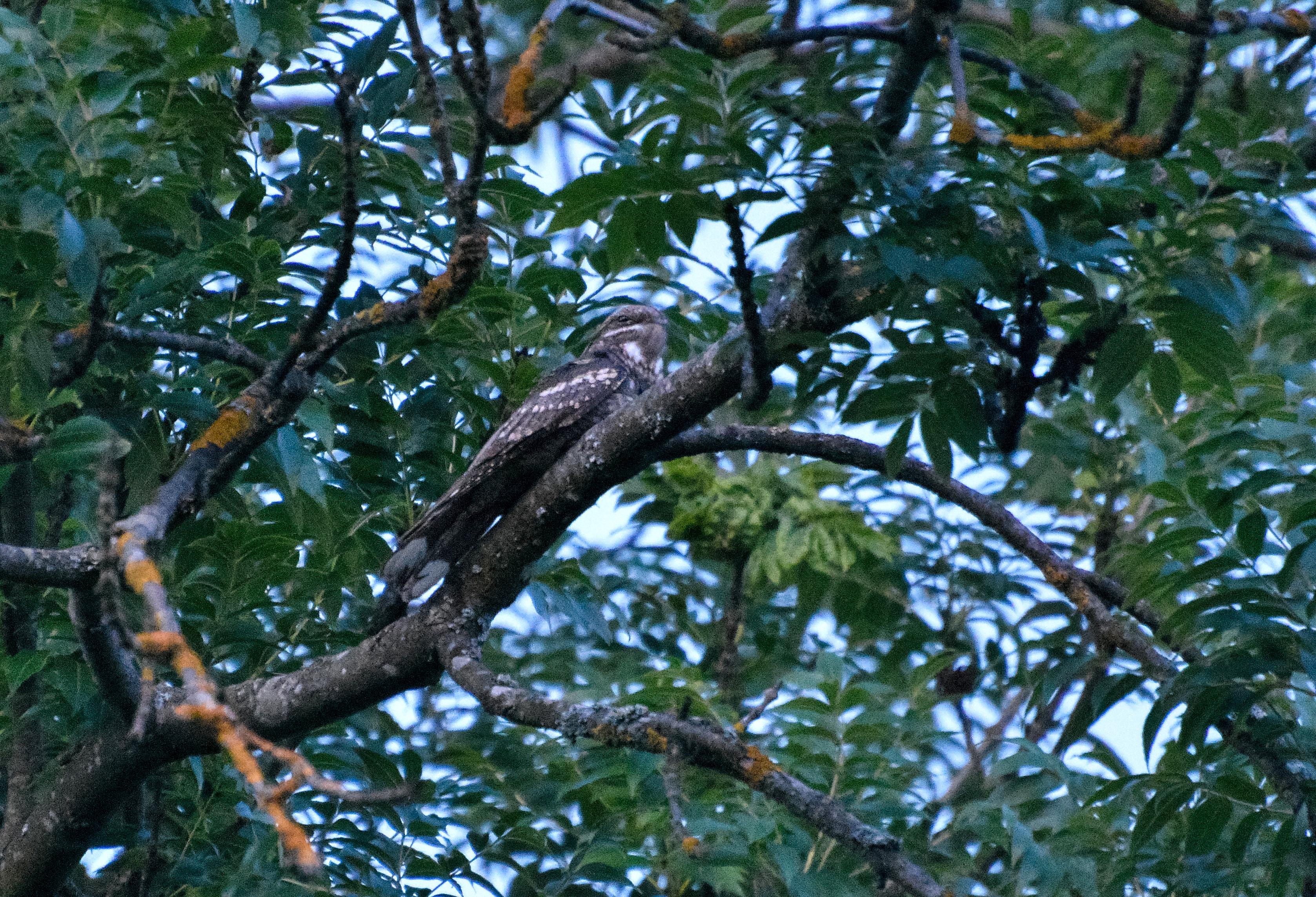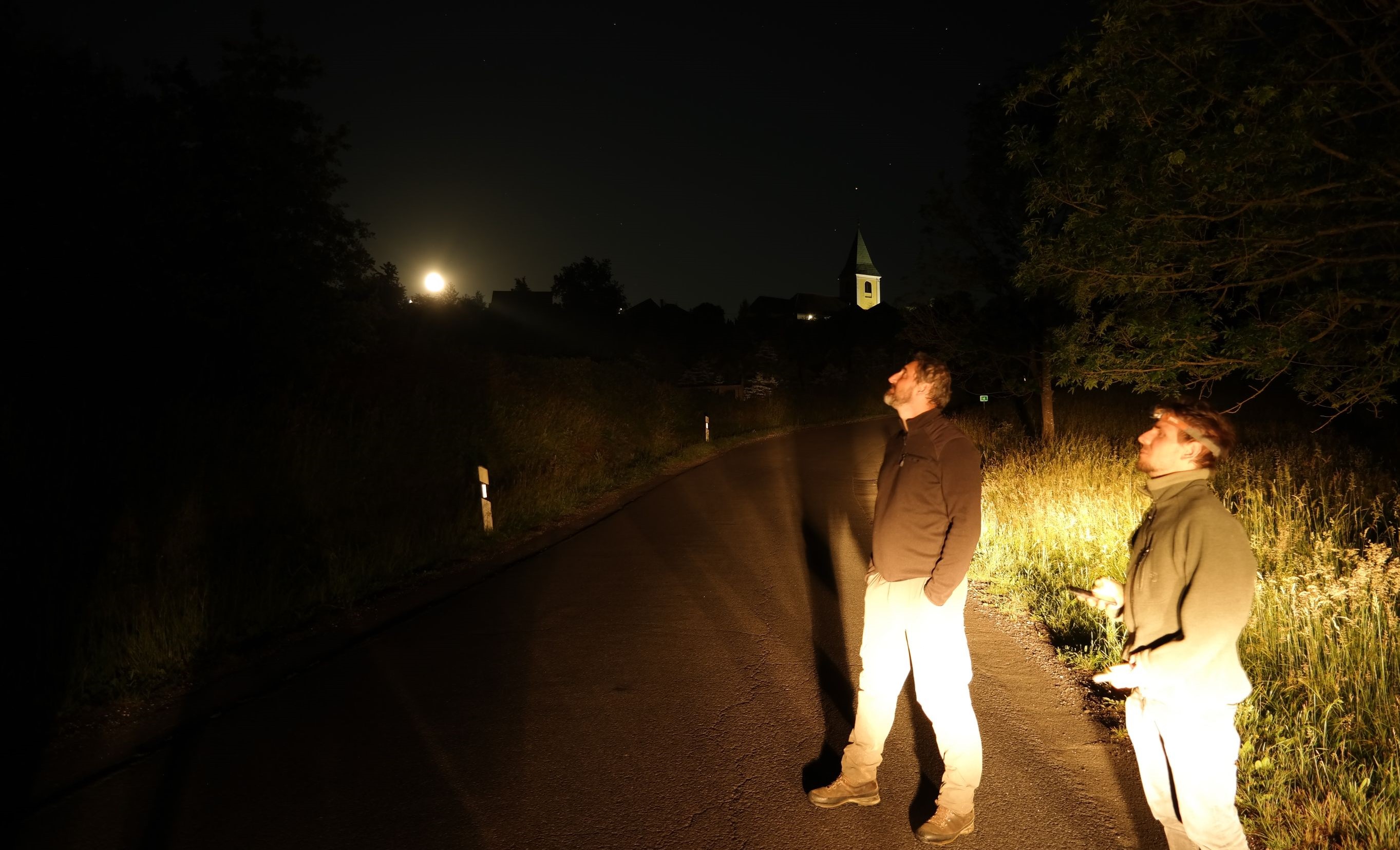D2C - Night Life of Birds in the Őrségi National Park
08-07-2020
If we think of owls, we imagine them as secretive creatures in the dark rather than daytime birds. Most of them, indeed, are active in the dark. What do you think, are there any other birds that can be seen out there at night?
As part of the D2C project, we have recently organized two consecutive surveys to map habitats and ecological corridors that are important for bird species of community interest. In cooperation with the Barn Owl Foundation we have succeeded in patrolling almost the whole 44 000 hectare area of the national park twice. Eleven groups of civil birdwatchers and national park employees have participated. An approximate area of two or three settlements was scanned by each group searching for nocturnal birds. The main reason to organize this survey was to get a comprehensive view of the local population of Scops Owl, even though, as we previously assumed, not this species has proved to be the most characteristic at all.
Nightjar locations

We focused on other nocturnal birds, too, thus we recorded 17 Nightjars altogether. Hearing its monotonous churring trill could help us to spot this otherwise almost unnoticeable bird. Four individuals of the strictly protected Corncrake and besides the Scops Owl, another three owl species were also detected. These species are indeed typical nocturnal birds, whereas many others we have heard are known as diurnal. Interestingly, the latter ones might sing also at night. Out of them, the so-called Grass Warblers (Locustella spp.) were the most common, they appeared at 26 points. Nightingales, Marsh Warblers, a single Great Reed Warbler and Woodlarks were also singing during the survey.
Nightjar (photo Árpád Takács)

There are a few assumptions why some primarily daytime bird species can be heard singing also at night. One of the reasons could be that long-distance migrants need to effectively utilize the short time available at the breeding sites. Yet, another reason may be that the sound of a bird can be heard much louder at night than by day when there are many different noise sources all around. More and more experts assume that the increasing light pollution and disturbance at the roosting place could also trigger night time activity of birds.
The detectability of a bird at night, hence the success of this survey depends on many different circumstances, such as temperature, precipitation, the phase of the Moon, the current status of a certain breeding pair, etc. Playing back the sound of a particular species is usually necessary to stimulate individuals during such a nocturnal survey. In most cases, detecting them is not possible any other way. Indeed, some otherwise silent individuals start singing subsequent to the stimulation. Typically during full moon, some birds might even reveal themselves to the lucky observers, making fieldwork more exciting.
Listening to sounds in Apátistvánfalva (photo Ákos Klein)

